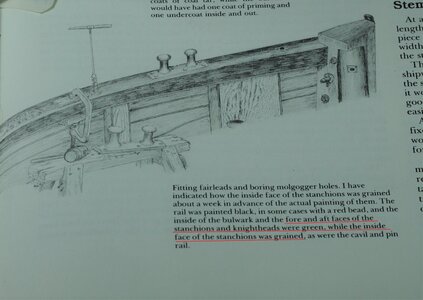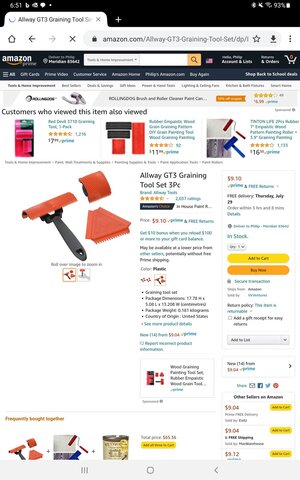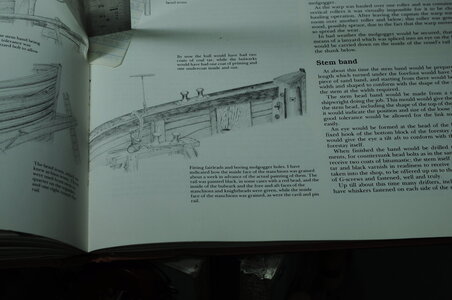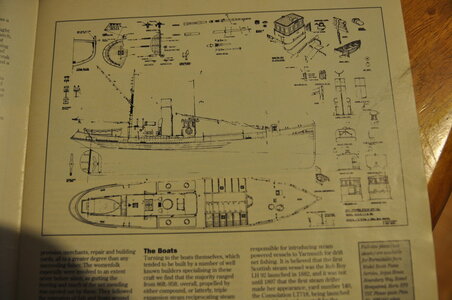The following is an excerpt from a UK forum discussing traditional canal boat decoration techniques including graining, which is commonly referred to as "scumbling".
Instead of undercoat we would use an oil based eggshell paint as a buff, and the big benefit of which is that it is available from decorator centres in a full range of colours, there are probably a dozen or so that would be suitable for light oak. Most proprietary scumbles come in different shades for use over a common buff, technically it is important not to have too big a contrast between the buff and the scumble, and hence if you want to alter the shade of the finished graining it is better to alter the shade of the buff to achieve this rather than altering the shade of the scumble. Raw umber is really the only pigment required to grain any shade of oak. If you want to go to town try using a couple of different shades of buff, you can use the same scumble over the top and you can get an effective contrast between panels. I too now use polyvine, but like Dave I also prefer to use the clear glaze and either use artist’s oil colours as pigments or polyvine oak stainers. By doing this you are more in control of the depth of pigment, and will need to thin it less. Again, as Dave says, don’t use a ready mixed scumble straight from the tin, it will need thinning, but this is rather to thin the density of the pigment than the viscosity. Too much white spirit will mean that the scumble will not ‘hold up’ and will sag, it is better to thin with a mixture of white spirit and refined linseed oil, in which case also add a little terebine to reduce the drying time, but NEVER EVER leave rags with scumble or linseed oil on lying around as there is a real chance of spontaneous combustion.











